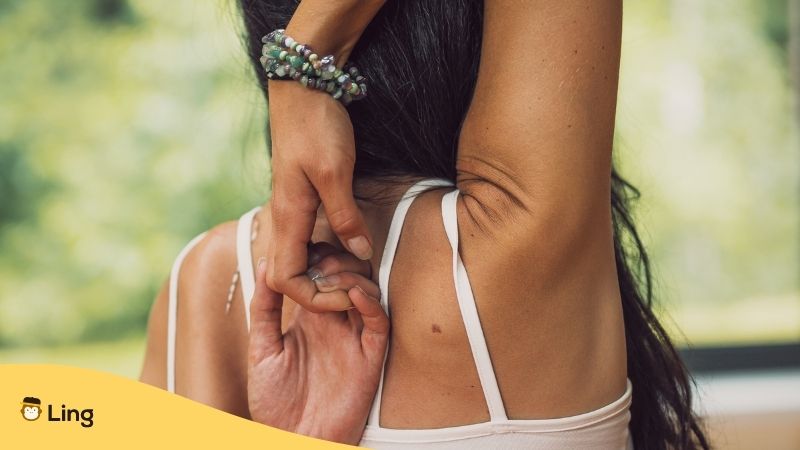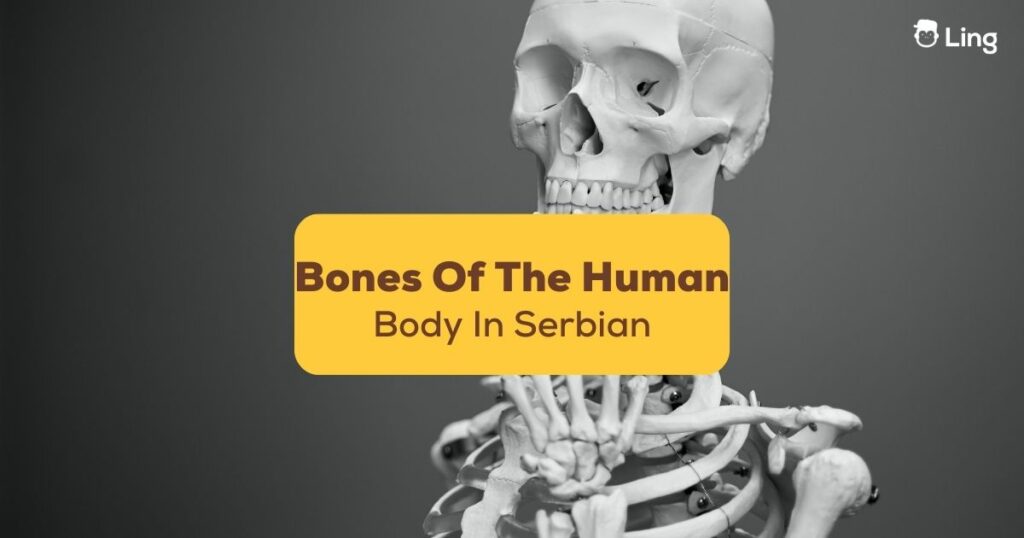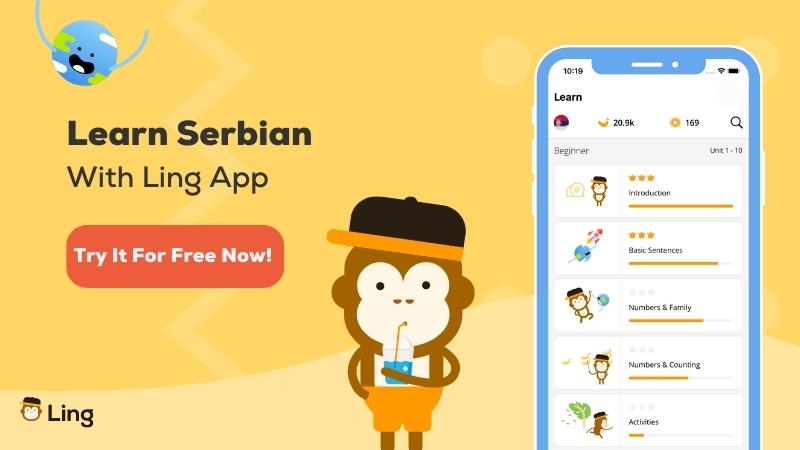Bones or кости (kosti) are terribly important in making sure we remain upright. In this post, we’ll go over the bones of the human body in Serbian so you can easily express yourself whether you’re at the doctor’s office or simply speaking with the locals. Let’s begin!
Before delving into the specifics of Serbian bone vocabulary, it is important to have a basic understanding of the anatomy of bones. Bones are basically those hard, mineralized tissues that make up the skeleton of our beautiful bodies. They serve as the framework for the body, protect vital organs, and assist in movement. In Serbian, bones are referred to as “коска” (koska), which is singular, or “кости” (kosti), which is plural.
According to science, there are 206 bones in the adult human body, and they all come in various shapes and sizes. But to make this article a bit more useful to you, we’ll focus mainly on the common bones you might come across in daily conversations. Let’s begin!
Bones Of The Human Body In Serbian
The Skull (Лобања)
Did you know that the skull is made up of 22 separate bones that fuse together as we go through life? These bones protect the brain and stop it from falling out while forming the framework for the face (лице – lice), eyes (очи – oči), ears (уши – uši), and mouth (уста – usta). The skull also has several openings that allow for the passage of nerves and blood vessels. But did you know that the most unique bone in the skull is the jawbone, or вилица (vilica)? This incredible bone is the only one in the skull that can move, and it plays an important role in chewing and talking!
The Spine (Кичма)
The spine is made up of 33 individual vertebrae that allow us to stand upright, bend over, and stand upright again. It also protects our spinal cord, which is essential for transmitting messages between our brain and the rest of our body. The vertebrae (пршљенова – pršljenova) are also separated by intervertebral discs. Basically, these discs act as shock absorbers and allow for movement between the bones.
The Ribs (Ребра)
These 24 bones form a protective cage around our chest, helping to protect our heart, lungs, internal organs, and other bits and bobs and keep them healthy. The first seven pairs are attached directly to the sternum, or breastbone, while the next three pairs are attached to cartilage (хрскавица – hrskavica) that connects to the sternum (грудне кости – grudne kosti). The remaining two pairs of ribs are called floating ribs since they are not directly attached to the sternum at all. Our ribs move with every breath we take, expanding and contracting to allow for the movement of air in and out of the lungs.
The Arms (Оружје)
Moving on to the arms (Оружје – oružjem), we have the humerus (хумерус – humerus), which is the bone in the upper arm that runs from the shoulder (рамена – ramena) to the elbow (лакат – lakat). The humerus is the largest bone in the arm and is responsible for allowing us to lift and move our arms. The elbow (Лакат – lakat) joint is formed by the humerus, and two bones in the forearm (подлактица – podlaktica), the radius (радијус – radijus), and ulna (улна – ulna). These bones allow for the movement of the wrist and hand.

The Hands (Руке)
In the hands (руке – ruke), we have the phalanges (фаланге – falange). These are the bones in the fingers (прстима – prstima) and thumbs (тхумбс – thumbs) that allow for movement and dexterity. Each finger has three phalanges – the proximal, middle, and distal – while the thumb has only two. These bones are small but mighty, allowing us to perform delicate tasks like typing the words of this fascinating blog.
The Legs (ноге)
Moving on to the legs (ноге – noge), we have the femur (фемур – femur). This is the longest and strongest bone in the body, running from the hip (хип – hip) to the knee (колено – koleno). The femur supports our weight as we walk, run, jump, and dance and is responsible for allowing us to stand upright. The knee joint is formed by the femur and two bones in the lower leg – the tibia (тибија – tibija) and fibula (фибула – fibula). These bones allow for the movement of the knee and ankle joints, which is where we are heading next.
The Feet (Стопала)
Along with our hands, our ankles (Глежњеви – gležnjevi) and feet (стопала – stopala) are where the majority of our bones reside. Without our feet running, even walking would be a little tricky as they help us keep balance.

Human Body- Related Serbian Words
So that’s our brief journey connecting the head bone to the foot bone. Here are some Serbian bones of the human body vocabulary to help you recap:
Learn Serbian With Ling
If you have enjoyed our look at the bones of the human body in Serbian, why not expand your linguistic skills by learning about other interesting body parts in Serbian? The Ling app fleshes out the Serbian language with lessons, games, and quizzes to keep your interest and make things fun. But wait! Did you know that Ling also has in-depth lessons for 60+ other languages? Yep! Its language library is just so wide! Download the Ling app at Google Play and App Store today and have all the language lessons you need at your phalanges-tips.




































































